Spouse San Yi (concubine) Name Emperor Yao Children Danzhu Mother Qingdu | Issue DanzhuEhuangNuying Died 2255 BC Parents Emperor Ku, Qingdu | |
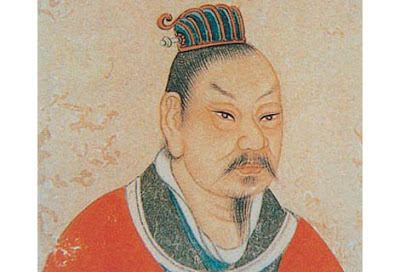 | ||
Reign 2333 BC–2234 BC (100 years) | ||
Video on Broadcast Story on Emperor Yao (堯帝治世廣播劇)
Emperor Yao (simplified Chinese: 尧; traditional Chinese: 堯; pinyin: Yáo; traditionally c. 2356 – 2255 BC) was a legendary Chinese ruler, according to various sources, one of the Three Sovereigns and the Five Emperors.
Contents
- Video on Broadcast Story on Emperor Yao
- 3 Emperors Yao
- Ancestry and early life
- Legacy
- Legends
- Contributions
- Bamboo Annals
- Dynastic succession
- Astronomical observations
- References
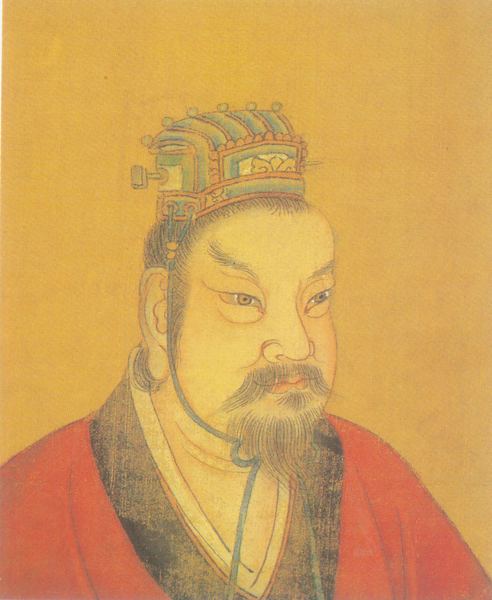
3 Emperors | Yao™
Ancestry and early life
Yao's ancestral name is Yi Qi (伊祁) or Qi (祁), clan name is Taotang (陶唐), given name is Fangxun (放勳), as the second son to Emperor Ku and Qingdu (慶都). He is also known as Tang Yao (唐堯).
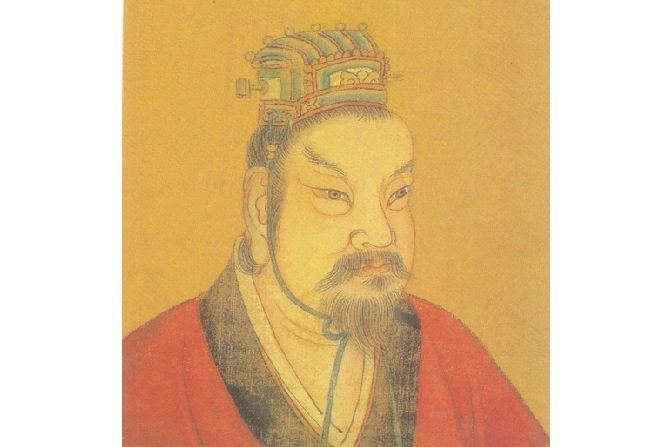
Yao's mother has been worshipped as the goddess Yao-mu.
Legacy
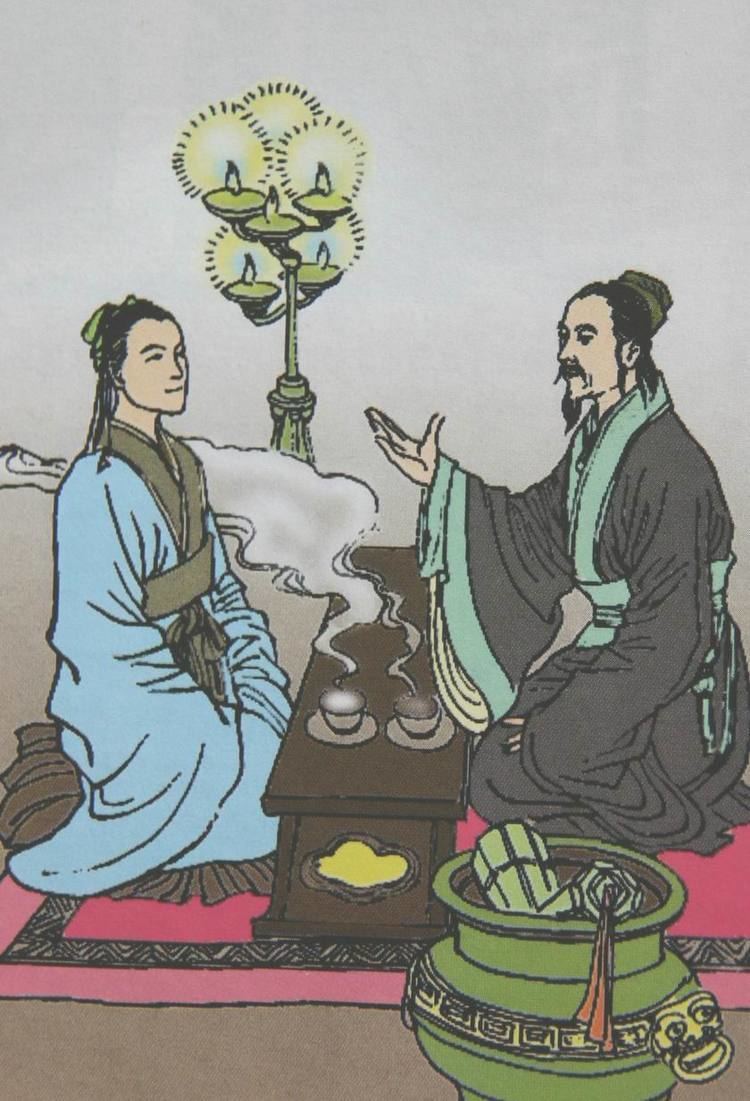
Often extolled as the morally perfect and intelligent sage-king, Yao's benevolence and diligence served as a model to future Chinese monarchs and emperors. Early Chinese often speak of Yao, Shun and Yu the Great as historical figures, and contemporary historians believed they may represent leader-chiefs of allied tribes who established a unified and hierarchical system of government in a transition period to the patriarchal feudal society. In the Classic of History, one of the Five Classics, the initial chapters deals with Yao, Shun and Yu.
Legends
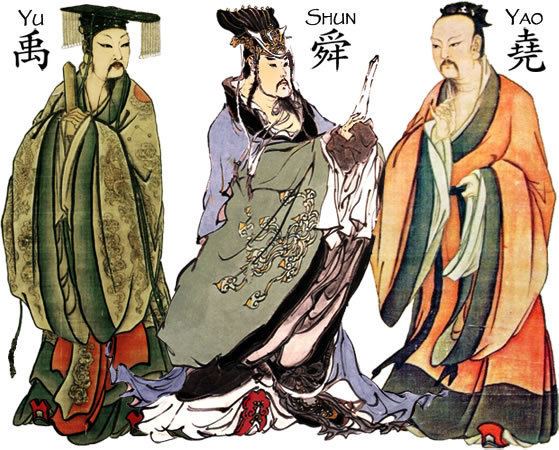
According to the legend, Yao became the ruler at 20 and died at 119 when he passed his throne to Shun the Great, to whom he had given his two daughters in marriage. According to the Bamboo Annals, Yao abdicated his throne to Shun in his 73rd year of reign, and continued to live during Shun's reign for another 28 years.
Contributions
Of his many contributions, Yao is said to have invented the game of Weiqi, reportedly to favorably influence his vicious playboy son Danzhu. After the customary three-year mourning period after Yao's death, Shun named Danzhu as the ruler but the people only recognized Shun as the rightful heir.
Bamboo Annals
The Bamboo Annals represent Yao as having banished prince Danzhu to Danshui in his 58th year of reign. They add that following Yao's abdication in favor of Shun, Danzhu kept away from Shun, and that following the death of Yao, "Shun tried to yield the throne to him, but in vain."
However, an alternative account found elsewhere in the Annals offers a different story. It holds that Shun dethroned and imprisoned Yao, then raised Danzhu to the throne for a short time before seizing it himself.
Dynastic succession
Yao was claimed to be the ancestor of the Han Dynasty Emperor Liu Bang. Other important noble families have also claimed descent through Yellow Emperor.
Astronomical observations
According to some Chinese classic documents such as Yao Dian (Document of Yao) in Shang Shu (Book of Ancient Time), and Wudibenji (Records for the Five Kings) in the Shiji (Historic Records), the King Yao assigned astronomic officers to observe celestial phenomena such as the sunrise, sunset, and the rising of the evening stars. This was done in order to make a solar and lunar calendar with 366 days for a year, also providing for the leap month.
Some recent archaeological work at Taosi, an ancient site in Shanxi, dating to 2300 BC–1900 BC, may have provided some evidence for this. A sort of an ancient observatory – the oldest in East Asia – was found at Taosi that seems to coincide with the ancient records.
Some Chinese archaeologists believe that Taosi was the site of a state Youtang (有唐) conquered by Emperor Yao and made to be his capital.
The structure consists of an outer semi-ring-shaped path, and a semi-round rammed-earth platform with a diameter of about 60 m; it was discovered in 2003–2004.
